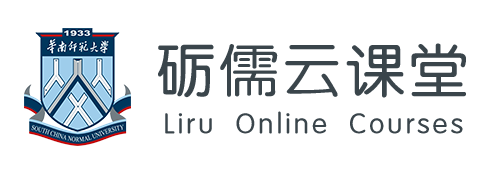
|
第一单元 技术、媒体与学习 Technology, Media and Learning |
5 . Methods (方法)Methods are the procedures of instruction selected to help learners achieve the objectives or to internalize the content or message. We have divided the various methods into two categories: students control and direct & teachers assume the major role. |
|
5.1 Student-Directed Methods (1)Discussion: As a methods,discussion involves the exchange of ideas and opinions among students or among students and teacher.It can be used at any stage of instruction and learning,and in small or large groups. |
|
|
|
(2)Cooperative Learning: A growing body of research supports the claim that students learn from each other when they work on projects as a team(Slavin,1989-1990;Harris,1998). |
|
|
|
(3)Gaming: Gaming provides a playful environment in which learners follow prescribed rules as they strive to attain a challenging goal.It is a highly motivating technique,especially for tedious and repetitive content. |
|
|
|
(4)Simulation: Simulation involves learners confronting a scaled-down version of a real-life situation,It allows realistic practice without the expense or risks otherwise involved. |
|
|
|
(5)Discovery: The discovery method uses an inductive,or inquiry,approach to learning;it presents problems to be solved through trial and error. |
|
(6)Problem solving: Problem solving involves placing students in the active role of being conpronted with a novel problem situated in the real world. |
|
5.2 Teacher-directed methods (1)Presentation:In the presentation method, a source tells, dramatizes,or otherwise disseminates information to learners.It is aone-way communication controlled by the source,with no immediate response from or interation with learners. |
|
|
|
(2)Demonstration: In this method of instruction,learners view a real or lifelike example of the skill or procedure to be learned. |
|
|
|
(3)Drill-and-practice: In drill-and-practice,learners are led through a series of practice exercise designed to increase fluency in a new skill or to refresh an existing one. |
|
(4)Tutorial: a tutor--in the form of a person,computer software,or special printed materials--presents the content,poses a question or problem,requests a learner’s response,analyzes the response,suoolies appropriate feedback,and provides practice until the learner demonstrates a predetermined level of competency. |
知识点三:方法
Top Block Position
知识点三:方法
Conditions d’achèvement
Modifié le: samedi 12 septembre 2015, 11:14
Bottom Block Position






